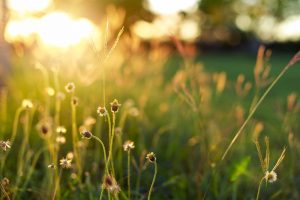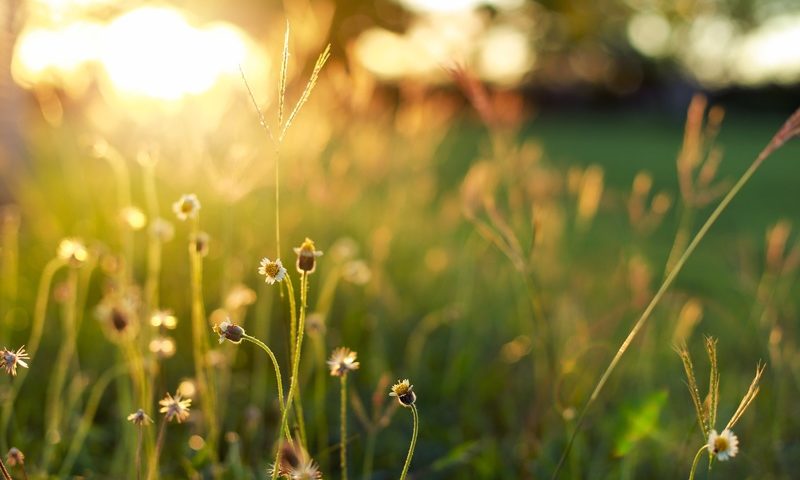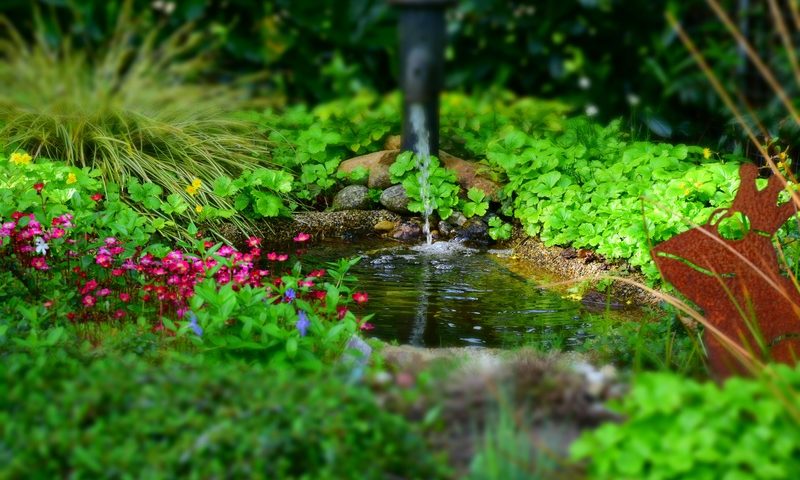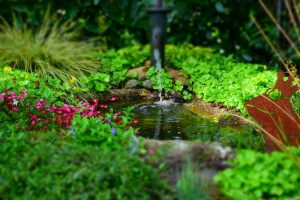Common Summer Landscaping Challenges and How to Tackle Them
 The high temperatures of summer bring unique challenges to lawns and landscaping in the Olathe and general Johnson County area. How do you know if you’re doing everything you can to ensure that your yard and your outdoor spaces are healthy and look as good as possible?
The high temperatures of summer bring unique challenges to lawns and landscaping in the Olathe and general Johnson County area. How do you know if you’re doing everything you can to ensure that your yard and your outdoor spaces are healthy and look as good as possible?
We’re going to tackle a few of the biggest challenges you might encounter during these long summer days, along with a few suggestions of how to approach them. Remember, however, that even though there are lots of ways to DIY your lawn and landscape jobs, consulting with a professional is often the easiest and most cost effective way of making sure your space looks and performs exactly how you’d like.
Summer Landscaping Challenge #1: Unsightly Plants and Weeds
It never fails: you take great pains to plant the perfect flower bed or you work with your landscape architect to create a gorgeous water feature or outdoor environment, and everything is gorgeous. But then, they appear. Weeds! Nuisance plants, like ivy or thistle!
This happens so often in the summer months because the conditions are just right: you’ve prepped your soil. You are watering (or it’s raining) and applying the right fertilizers. Just as those conditions make for gorgeous plants that you want, they also make hospitable conditions for weeds and plants you didn’t intend to include in your outdoor space.
While it’s not possible to prevent all weeds and invasive plants from trying to lay claim to your lawn or landscape, it is possible to keep them to a minimum. This requires frequent weeding, which can be most enjoyable earlier or later in the day. Try to weed by the root, meaning pull the entire plant from the soil when possible. If you just weed-whack them flush with the ground, you’re leaving the root system intact, which means they’ll continue to grow.
Be sure, too, to properly dispose of those unwanted weeds and plants after you’ve pulled them. Bag them and either put out for pickup or take them to a compost facility. If you pull them and let them linger on your lawn or in your garden, they just might decide to stay!
Summer Landscaping Challenge #2: Getting the Moisture Levels Right
Summer can be fickle. Sometimes it’s too dry and you have to worry about dry soil and burnt plants. Other times, you have to worry about too much moisture, which can lead to unsightly mushroom growth and other issues.
One way to mitigate this issue is to install automatic irrigation systems that will water your lawn when it’s dry. Another factor to consider is proper drainage. Working with a landscape architect firm to create these systems before extreme weather hits is best; but it’s never the wrong time to start.
Summer Landscaping Challenge #3: Not Wanting to Be Outdoors
It’s okay to admit that sometimes it’s just too hot to spend much time outside. Whether that means that you’re not up for pulling weeds or mowing the lawn, or that you want to grill dinner but can’t stand to stand in the sun for that long, there are ways we can help.
One way is to hire us to do your maintenance so you don’t have to. This is a time when you really can have it all: a gorgeous lawn, no matter the season, without having to do the work to get it.
Another way is to let us help you create a space that feels good, even when it’s hot. Think of adding a swimming pool if you have the room or a koi pond or water feature if you prefer. You might also consider a covered deck or patio, so you can sit outside but still be in the shade. The truth is, we love working with clients to find creative yet practical ways to make their outdoor spaces perfect for them. We’d love to do the same for you!




